Perhaps it is only fitting that Dundrennan Abbey and its monks labored in the shadows of time far from the scribes of popular history. In fact, Dundrennan Abbey seems to have passed into the collective consciousness only once, when Mary, Queen of Scots spent her last night in Scotland there. The abbey, a handful of miles east of Kirkcudbright near the Solway Firth, was established in 1142 by monks of the Cistercian order, a branch of monasticism founded in Burgundy that eschewed luxury and even comfort in favor of hard physical labor and a life of austerity and god worship.
When I arrived to the abbey on an overcast day in April, the only soul in the ruins was the groundskeeper, who was himself somewhere else, headphones in, as he raked crushed stones. The remains of Dundrennan Abbey stand in a slight hollow next to a curve in the road. This lonesome situation gives flight to the imagination – it’s not difficult to imagine the men who toiled here in silence, scratching their meager vegetarian diets from the earth. What is difficult to imagine – for me, at least – is the trajectory of these monks’ lives that led them to this place to trade their earthly life for worship. What a hard bargain to strike. I pick up a palpable essence in the air as I step through the wrought gate onto the abbey’s grounds. Whether it was the sanctity of consecrated earth, the weight of accumulated prayer, or some other metaphysical imprint, I cannot say. But there it was, that special something in the atmosphere.
There’s nothing quite like exploring ancient sites like Dundrennan Abbey on your own, and it’s making me think that April is a prime time to visit Scotland. Historic Scotland does a great job of adding informative placards around the sites they curate without impinging on them, and here I learned that King David I or Fergus, Lord of Galloway (we don’t really know which), was responsible for founding the abbey. The fervor of the Cistercian monks was second to none, and they sought austerity in all parts of their life, including the architecture of their abbeys. Dundrennan Abbey was largely free of ornamentation and ostentatious decoration, but the monks could not totally overcome their inherently advanced architectural Burgundian heritage. The abbey was built in the Romanesque style, though sections of the ruins show the transition to Gothic architecture.
The grounds are littered with weathered statuary that have taken on the eerie cast of half-forgotten beliefs. In alcoves and atop graves stood robed monks with their features worn away, posed in holy postures. A gaggle of crows clustered in old oaks overhanging the ruins, cawing at me as if in warning, and they followed me like the echoes of my footsteps upon the crushed gravel.
Most of Dundrennan Abbey has disappeared. Only part of the transept and the low walls of the nave remain. The abbey’s sad state is true of many abbeys in Scotland. After the Scottish Reformation of the 16th century, the fortunes of Scottish monasticism declined, and places like Dundrennan Abbey were shut down and given over to other purposes like housing livestock.
The back of the abbey is a gloomy place, all fallen tombstones and cracked epitaphs. Ranks of seemingly helter-skelter graves march down a slight decline toward a burn that runs along the area’s lowest point. This is a highly atmospheric place and one, I have to admit, that would trouble me if I found myself alone here at night. Especially with the mass of crows overhead filling the air with their raucous calls. There is a headstone erected in loving memory of James Crearie, the facade a mix of verdigris and rusty browns and oranges, time manifesting on the stone.
In its glory Dundrennan Abbey stood quietly away from the happenings of the world beyond its gray stones. For the past several centuries, Dundrennan Abbey’s ruins have stood silent, save for its host of crows. Perhaps their calls are the lament of all that has been lost.
Disclosure: Historic Scotland provided me with a complimentary visit. All thoughts and opinions expressed here are my own.

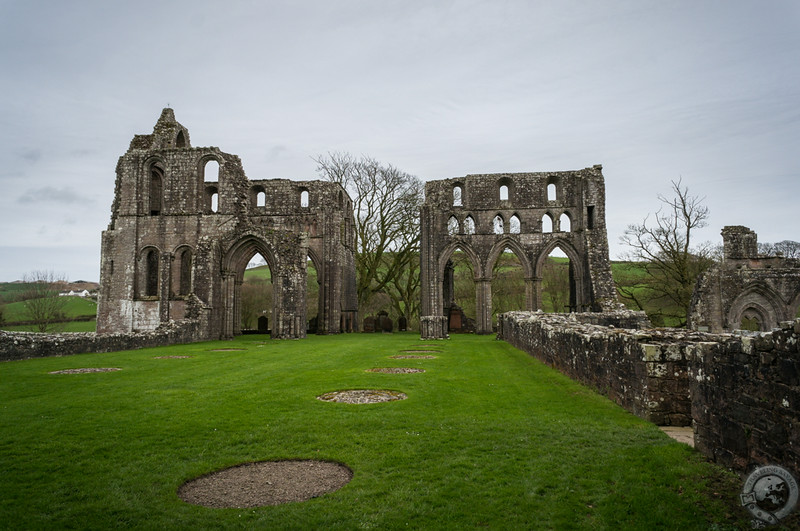
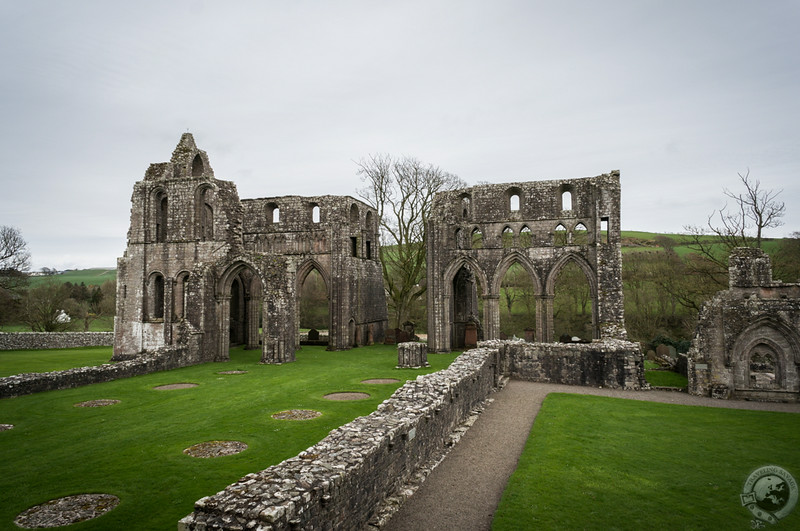
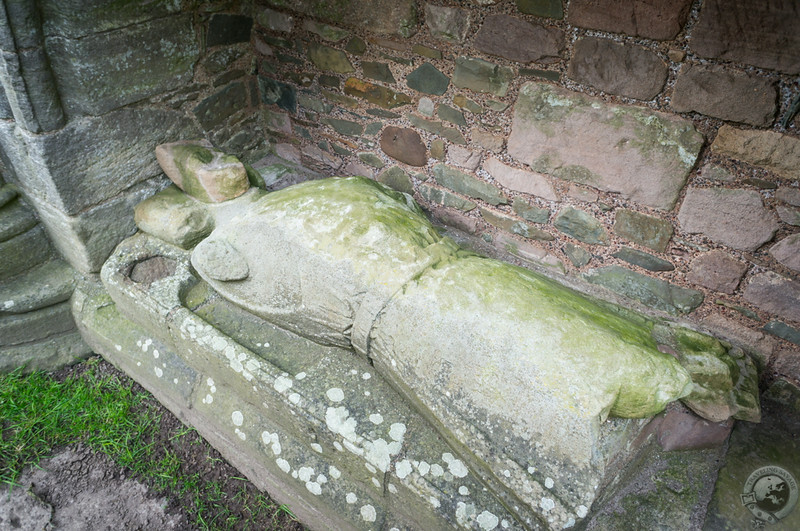
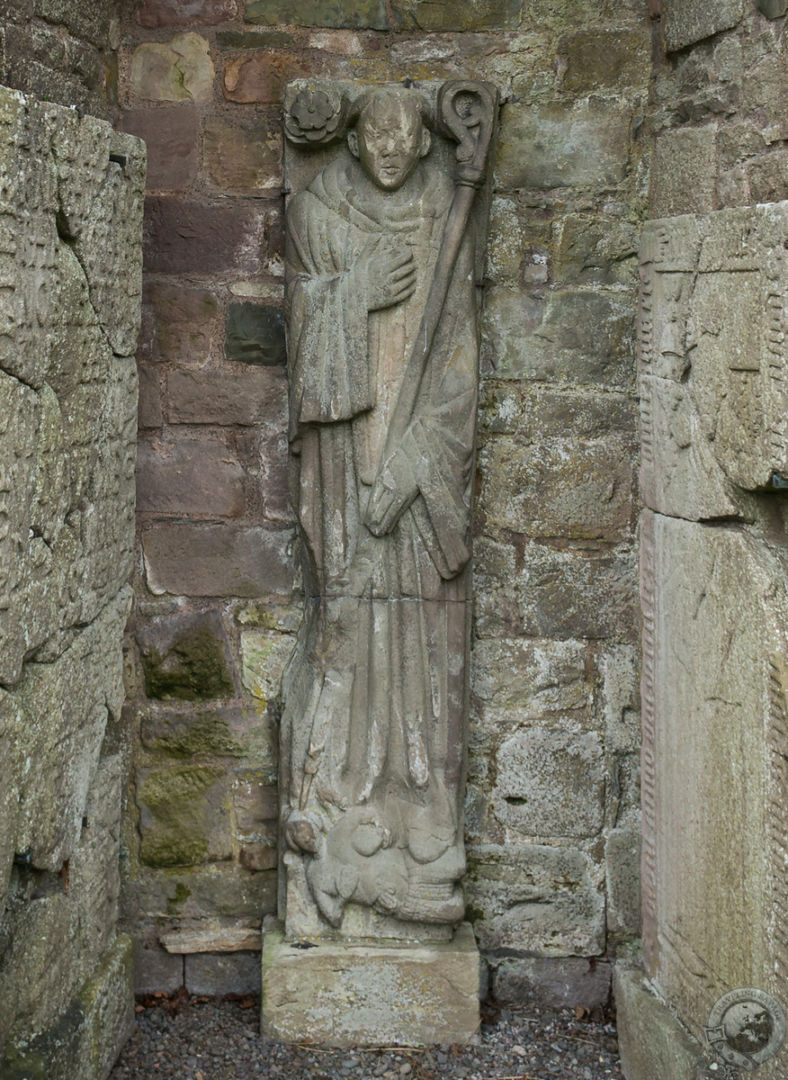
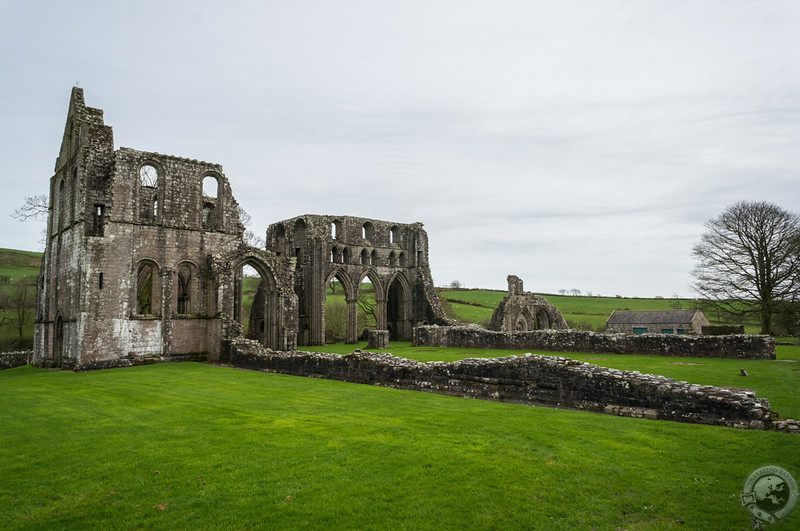
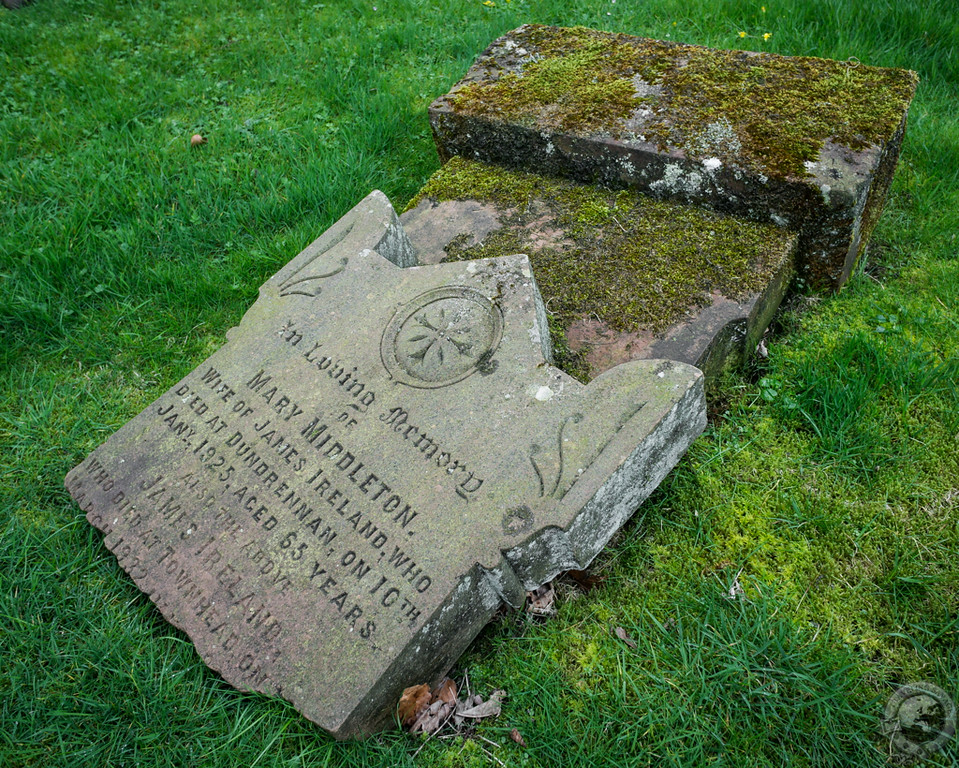
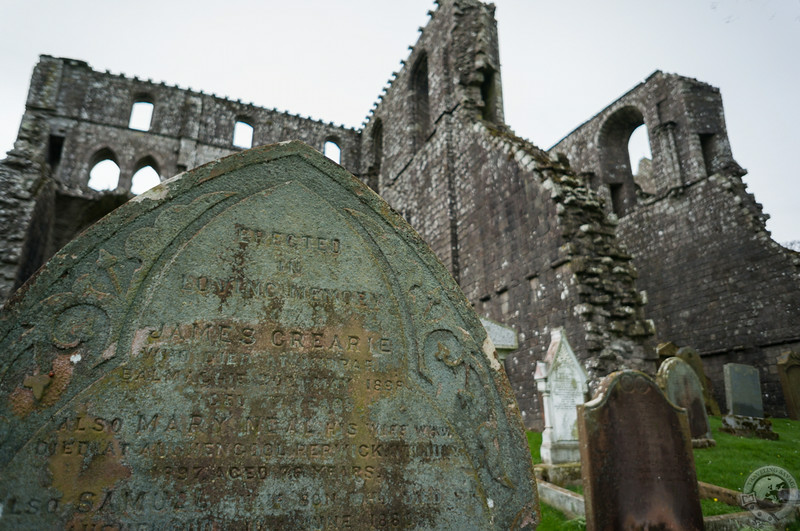
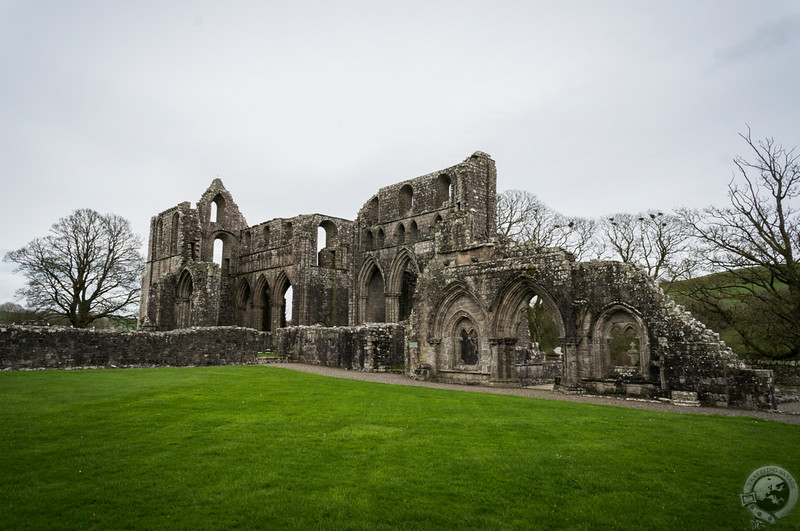
Adding to my list for a return visit ❤️❤️❤️❤️
Seems like a dreary place when it was in full swing … it has a sombre beauty to it, that’s for sure!
Beautiful ruins. So sad that only this left from the Dundrennan Abbey.
[…] Abbey. Glenluce was founded around 1191 by Roland, Lord of Galloway, as a daughter house of Dundrennan Abbey. As a Cistercian monastery, Glenluce Abbey followed the order’s standardized layout, with the […]
[…] I didn’t know this prior to my visit. What I knew was that after visiting Crossraguel Abbey, Dundrennan Abbey, and Glenluce Abbey, my abbey hunting in Dumfries & Galloway would come to an end here […]
[…] took me from Dumfries & Galloway to the Scottish Borders, so my gaze shifted from Crossraguel, Dundrennan, Glenluce, and Sweetheart abbeys to their famous Borders brethren. While most of the abbeys in this […]